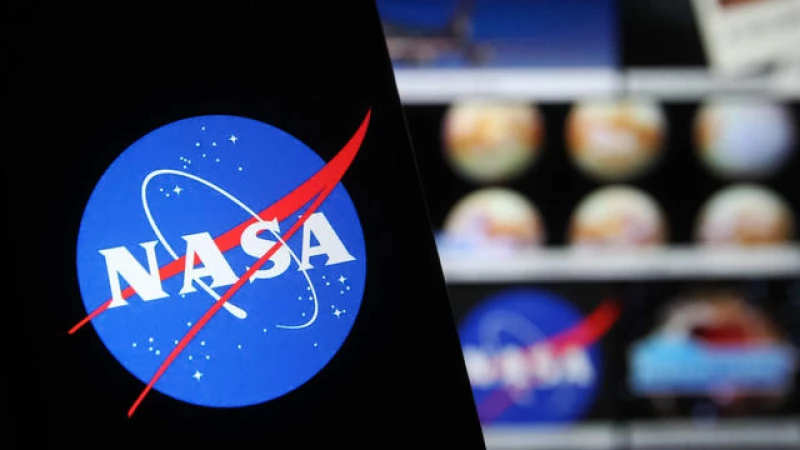A groundbreaking "immersive visualization" has been unveiled, allowing users to embark on a journey into a black hole and descend beyond the "point of no return," as revealed by NASA in a recent announcement.
Developed on a NASA supercomputer, the visualization enables users to simulate a flight towards a supermassive black hole. The experience includes orbiting the black hole and passing through the event horizon, commonly known as the "point of no return." The immersive graphics are complemented by explanations of the physics involved in such a phenomenon.
These captivating visualizations are accessible on YouTube, presented as informative videos or as interactive 360-degree videos, allowing viewers to immerse themselves in the experience.
"People frequently inquire about this, and by simulating these complex processes, I can bridge the gap between the mathematics of relativity and the tangible outcomes in the actual universe," expressed Jeremy Schnittman, the NASA astrophysicist behind the creation of these visualizations. "Thus, I simulated two distinct scenarios, one where a camera — symbolizing a daring astronaut — narrowly avoids the event horizon and gets flung back out, and another where it crosses the threshold, sealing its fate," Schnittman elaborated.
Exploring the Immensity of a Supermassive Black Hole
Imagine a black hole that is 4.3 million times the mass of our sun, lurking in the depths of space. This colossal entity, equivalent to the black hole within our own galaxy, has been brought to life through stunning visualizations by NASA.
The simulated black hole's event horizon spans about 16 million miles, showcasing a vast flat cloud of hot gas and luminous structures known as photon rings. As the simulated camera traverses at nearly the speed of light, the glow from these structures intensifies, appearing brighter and whiter to the viewer despite being distorted by the immense gravitational pull.
Discussing the significance of focusing on a supermassive black hole, Schnittman emphasized its impact, stating, "If you have the choice, you want to fall into a supermassive black hole." In contrast, stellar-mass black holes, with up to 30 solar masses, possess smaller event horizons and stronger tidal forces that can tear apart objects before they reach the horizon.







